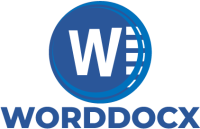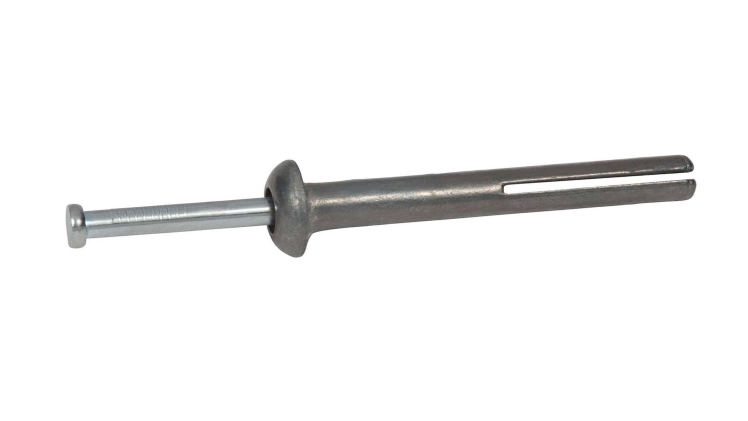Hammer anchors are anchors that are installed by expanding them with a hammer or by inserting them into a hole that has already been drilled in the concrete, brick, or block base material. The majority of hammer anchors are designed to be applied to solid concrete and cannot be used to brick or block. A cost-effective, approved or unapproved hammer set anchor can be used to secure diamond saws and drilling equipment as well as to anchor sanitary, heating, and climate control systems. The Hammer set anchor and types of hammer set anchors will be covered in this article. Let’s find out.
Hammer Set Concrete Anchors
The purpose of hammer set anchors is to act as anchors when installing fixtures into a building’s concrete, brick, block, or mortar. Most of them are used to install furring strips and brackets or to fasten plywood to concrete. Hammer set anchors, sometimes referred to as drive pins, nail drive anchors, ceramic anchor nails, and mushroom head anchors, are incredibly strong and have a long lifespan. Installing a hammer-set anchor is easy and simple. By using a hammer to strike the pre-drilled hole, an anchor pin is inserted into the anchor body, causing the anchor to expand. In contrast to drop-in or double expansion anchors, they don’t need an additional screw to hold a fixture in place.
Concrete Anchors
Concrete Anchors are used to connecting concrete to other objects such as metal, wood, plastic, machinery, and even more concrete pieces. Light-duty concrete anchors are used to attach towel bars, doors, and other objects weighing less than 50 lbs (22.7 kg) to concrete walls for a variety of applications. Below is a list of the various types of concrete anchors;
- Wedge Concrete Anchors.
- Concrete Sleeve Anchors.
- Split Drive Concrete Anchors.
- Stud Concrete Anchors.
- Lag Shield Concrete Anchors.
- Self-Drilling Concrete Anchors.
- Drop-In Concrete Anchor.
- Machine Screw Anchors.
- Strike Anchors.
Hammer Set Anchor Removal
The anchors for concrete, brick, block, and other construction materials cannot be taken out once they have been put in. After the head has been removed, the body can be taken out by drilling out the head using a high-speed drill bit. Anchors are difficult to remove after installation without harming the fastening material. It is crucial to establish the anchor’s location before installing it as a result https://yijinsolution.com/top-10-bolts-and-nuts-manufacturers-in-china/.
Hammer-Set Nail Drive Anchors
The components of hammer drive anchors, also known as nail or pin drive anchors, are an expander drive pin and an expansion sleeve. The nail or “pin” is pounded into the anchor after it has been inserted into a pre-drilled hole, allowing it to expand and snugly wedge itself into the concrete or masonry. Hammer drive pin anchors are male-style anchors that come in metric and inch sizes. Most hammer-set anchors have stainless steel, zinc-plated steel, or Zamac alloy pins, and nylon can also be used for the expansion sleeve.
Heavy duty Hammer set Anchors
An internally threaded anchor constructed of zinc-plated steel for pre-positioned installation is the heavy-duty anchor TA M. The heavy-duty anchor is perfect for securing machinery, systems, and fall-prevention equipment to non-cracked concrete. The improved anchor design reduces setting energy and enables use in extremely constrained areas. The cone expands against the drill hole wall when it is dragged into the expansion sleeve during installation. Small edge and axial clearances are possible thanks to the uniform load distribution created by the three-part expansion sleeve.
Conclusion
Drive pin anchors or hammer-set anchors are frequently used to fasten plywood to masonry materials such as concrete. These anchors are intended for use with lighter loads in concrete, brick, block, and mortar applications. These anchor bolts can be used to fasten metal brackets and furring strips as well. If you have any questions regarding using Hammer set anchors for your structures, we hope this article has answered them.

